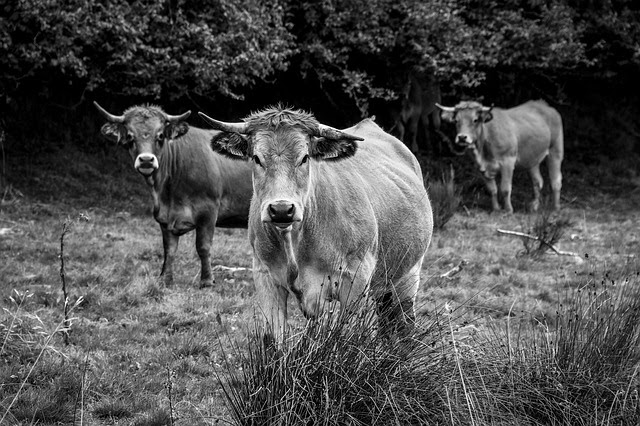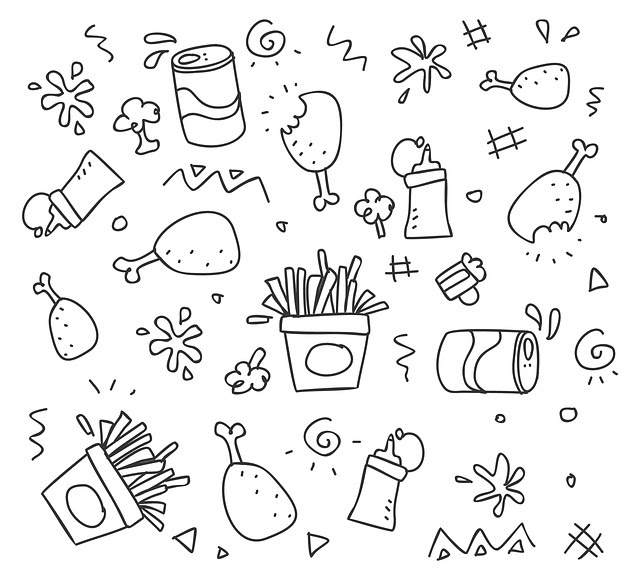
How Paleos Eat Protein
If you are just joining us, we are working our way through a fairly new lifestyle approach called "Paleo." You can catch up and review the first two posts on my blog. Last week, we started with an overview of the Paleo approach to eating, looking primarily at two things:
Overarching Principles:
- Eat real, whole food, not processed products.
- Eat local, seasonal food.
- Eat animal protein that was raised according to their species-specific needs.
- Eat organic food.
Paleo Food Pyramid:
Nuts & Seeds Fruit Fats Meat & Fish V-E-G-E-T-A-B-L-E-S
Today, we are going to go a little deeper into the way the Paleo Lifestyle approaches protein. Remember, most of the material we are drawing on comes out of the Special Edition of Paleo Magazine called "The Step-By-Step Guide." You can get this at Barnes & Noble through the end of March and you can visit their website here.

Protein: A Vital Brick in the Wall
Proteins form a major portion of all our cells and, subsequently, all the actions that each individual cell, groups of cells, tissues and organs perform! Protein is broken down in the gut into amino acids - these are the actual building blocks that are used for repair, growth etc. Amino acids are actually differentiated into ones our bodies can put together themselves (non-essential) and those we can't put together in our systems (essential). We need both - it is just that we can produce the non-essential ones from basic material that we already have in our systems and we have to get the essential ones from a protein source in our diet.
You may have heard the term "complete protein" vs. "incomplete protein." A complete protein means that it has all of the essential amino acids that our bodies need to repair, grow and function. Sources of complete protein include:
- Meat
- Poultry
- Eggs
- Seafood
- Insects
Incomplete protein means that it does not have all of the essential amino acids included in them that the body needs for repair growth and function. It is possible through a combination of these foods, however, to get all of the essential amino acids; it just takes a little more work. Sources of incomplete protein include:
- Fruit
- Legumes (beans)
- Vegetables
- Seeds
- Grains
- Nuts

Is There Such a Thing as a Bad Protein?
That is kind of a tricky question, but an important one. It is more like there are OK proteins and better proteins. Here are some things to consider:
How the protein is prepared. You could have a great piece of grass-fed free-range beef, but if you crust it with bread and then deep fry it in trans-fat, you will probably be canceling out a lot of the benefits you paid extra for. Likewise, if you get some uncured bacon and then cook it to a crisp, forming carcinogens (cancer-causing agents), you also might be coming up with a sum-zero equation. In general, it is best to cook meat thoroughly on medium heat without burning it or frying it.
How the protein is fed. If it is animal protein, consider if it spent its life eating what it would normally eat; ie, grass-fed beef vs. corn-fed. If it is salmon, was it farm-fed (again, corn/grain) or ocean-caught? If it is a plant, was it grown organically in rotated crops or in non-rotated fields with a lot of chemicals?
What kind of environment the protein was raised in. Did the eggs come from a free-range chicken or a production facility, where the chicken was kept in a cage its whole life? Was the beef from a local farm or did it spend the last six months on a finishing lot?
Does the protein by itself form a complete protein or does it need to be combined with something else to provide all the essential amino acids. This is primarily a problem for vegetarians and vegans, as they are obtaining most or all of their protein choices from plant sources, which can be incomplete if they are taken in by themselves.
A lot of people ask about the fat content of meat. I am going to save that discussion for next time, when we go over "Fats" specifically.

So Doc, What Do You and Dr. Sue Do?
First, let me say that you will see me once in awhile eating a feed-lot finished hamburger and fries cooked in trans-fat, washed down with a Coke. ONCE IN A WHILE. And usually only after I have finished a 20 mile run. But remember what I said in the last newsletter? I try really hard to follow the 85/15 rule: Do things right 85% of the time, consistently, and it can pay big dividends. 15% of the time: FORGET ABOUT IT! Here is what we try to do:
- Buy grass-fed beef, whenever we can (they have it at Walmart)
- Buy uncured bacon
- Eat a lot of ocean-caught salmon
- Buy free-range chicken when we can
- Eat a lot of nuts and seeds
- Cook in olive oil on a medium to low heat
- Bake meat when possible
- Don't cook foods to a crisp
- Avoid breading our meat
- Avoid deep-fried meat
So, there you have it. You need good quality protein. You need to make sure you prepare it well. You need to cheat every now and then, but stay true as much as you can.
I hope you are enjoying this series as much as I am enjoying bringing it to you! Next week we are going to tackle one of the most misunderstood nutrition topics of our day: What to Do With Fat.
Yours in Health,
Dr. Doug Williams
Care Chiropractic
Lafayette, Indiana